9:00 am – 9:10 am
Opening remarks and Introduction
9:10 am – 9:35 am
Talk 1: The state-of-the-art of additive manufacturing activities at the Technology Innovation Institute
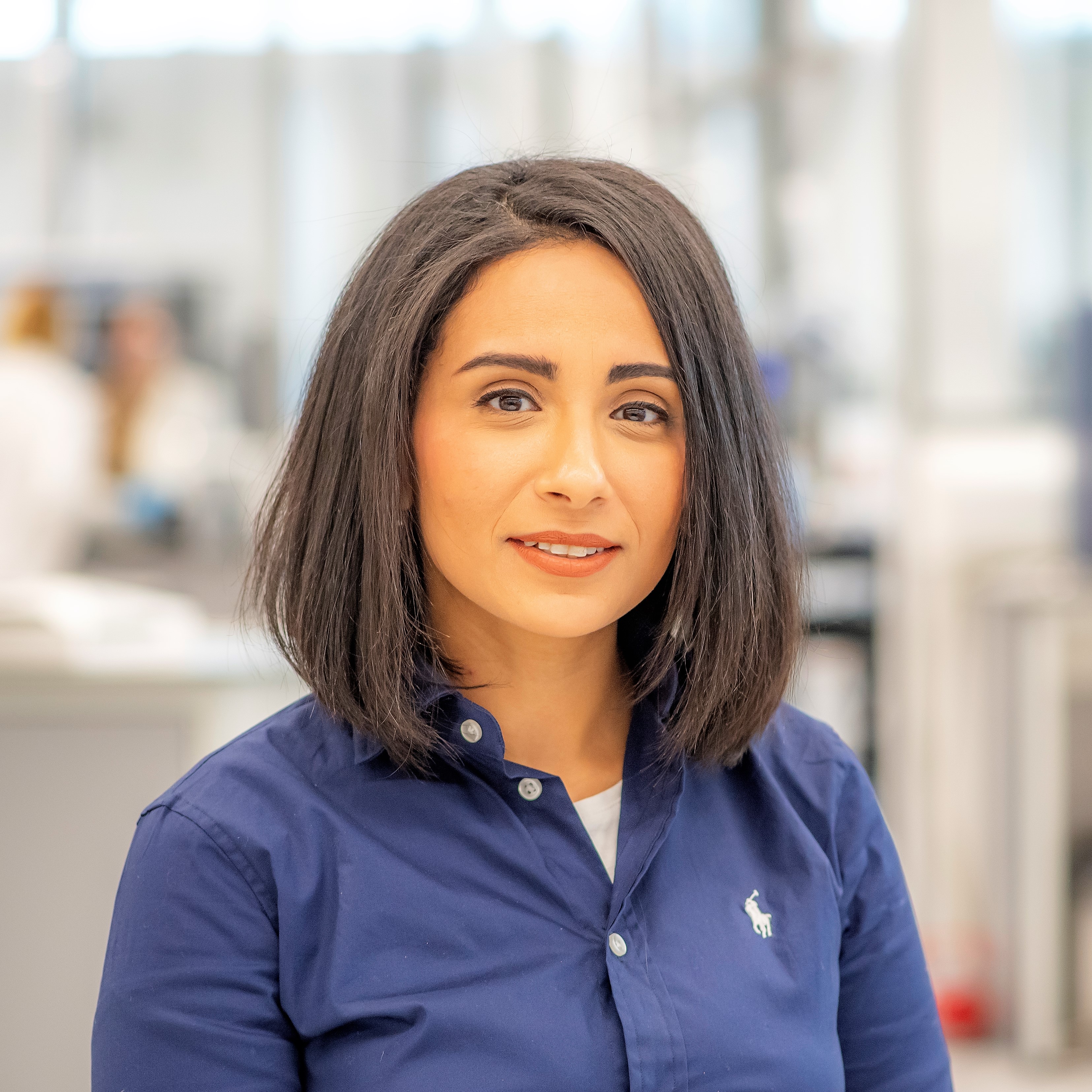
Nesma Aboulkhair
Metal additive manufacturing is strongly positioning itself as a predominant player in today’s manufacturing landscape. With the unmatched degrees of freedom this family of manufacturing processes warrant, fabricating sophisticated components that was otherwise unachievable has become possible. This talk will give an overview of the additive manufacturing activities currently taking place at the newly established Additive Manufacturing laboratory at the Technology Innovation Institute (TII) in the UAE. Focussing on the process-structure-property relationships in metal additive manufacturing via laser powder bed fusion, our research avenues include 3D Printing of high-performance metals, next generation materials for laser powder bed fusion, and redesign via additive manufacturing to exploit the potential of light-weighting and engineering bespoke mechanical performances.
9:35 am – 10:10 am
Talk 2: Beyond Structure – enabling 21st Century products through the 3D Deposition of Functional Materials

Richard Hague
Though many of the emerging industrial examples of additive manufacturing are highly promising, being single material and generally structurally related, they are also limited to being used as “passive” entities that have little functionality beyond simply being used for structural applications. Taking the concept of design freedom beyond the geometrical domain to one where more functional, perhaps multiple materials are contemporaneously deposited opens-up the potential for the creation of complex, functionalized, “active” printed parts and devices. However, the palette of materials available to AM systems remains limited and, taken to its extreme, the discrete deposition of dissimilar materials throughout a 3D volume creates significant technical challenges, particularly in the co-deposition of useful and more functional materials.
10:10 am – 10:25 am
Coffee Break
Including a selection of freshly brewed coffees, teas, juices, mineral water and a selection of pastries, cookies and fruits
10:25 am – 11:00 am
Talk 3: Computational and experimental mechanical characterization of modern cellular materials
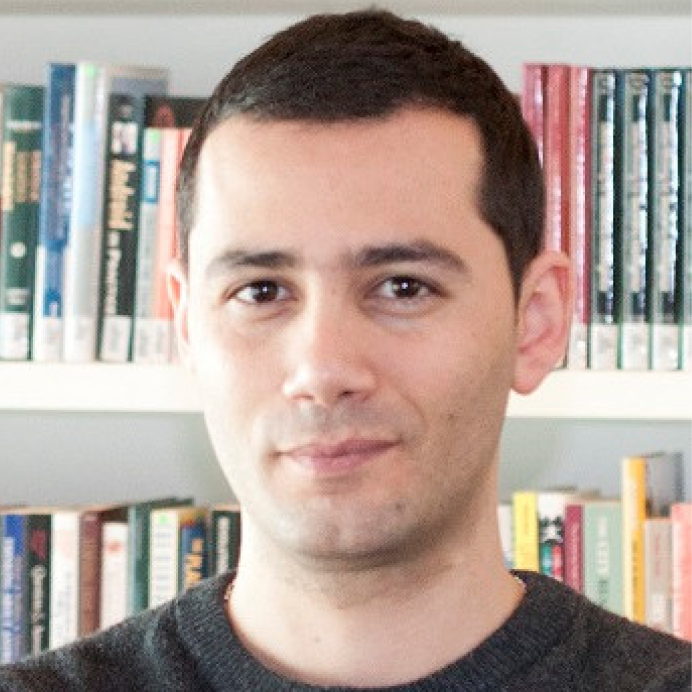
Oraib Al-Ketan
An overview of the research activities taking place in the advanced manufacturing core at New York University will be presented. In Particular, the fabrication, advanced geometrical characterization, experimental testing, and computational modeling of various advanced cellular materials. Cellular materials are materials with pores deliberately introduced to their structure primarily to reduce their weight. These materials are classified into open-cell or closed-cell based on the topology of the unit cell and into periodic and stochastic based on the arrangement of the unit cells. In this presentation, the topology-property relationship for the different cellular materials categories is discussed and a new class of partially closed cellular materials is proposed. The design methodology and fabrication of the proposed cellular materials and their mechanical properties under quasi-static and low- and high-rate dynamic loading conditions which were thoroughly investigated both computationally and experimentally will be presented.
11:00 am – 11:35 pm
Talk 4: Additive manufacturing of functional metallic materials

Moataz M. Attallah
Additive manufacturing (AM) of metallic materials has evolved in the recent years from the standard structural materials into the functional materials and other metamaterials due to the realised potential of that interesting combination. This talk explores the challenges and opportunities raised by the usage of AM in printing several functional materials, including shape memory alloys, soft magnets, magnetocaloric, and magnetic shape memory alloys. Printing of these advanced functional materials provide the opportunity for the development of new products that cannot be materialised using conventional processing.
11:35 pm – 12:35 pm
Lunch Break
A lunch buffet will be served
12:35 pm – 1:10 pm
Talk 5: High Performance Composites for Additive Manufacturing
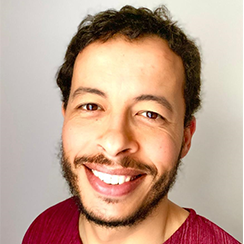
Mourad Montasser
Additive Manufacturing is a disruptive process capable of replacing many traditional manufacturing technologies. But as Additive manufacturing develops fast, there's an even more urgent need to understand not only the availability of materials of high demanding applications, but also their long-term capabilities and properties, to provide designers and engineers with the right material for any specific application. This talk is focused to showcase CRP Technology’s significant developments in Composite Materials, thus offering viable Additive Manufacturing materials for high demanding applications. CRP Technology has developed a range of Composite materials including a unique Elastomer under the brand Windform TOP-LINE. Selective laser sintering(SLS) technology is used to transform these Composite materials into end-use functional parts. These materials have successfully received several certifications such as Flammability (UL 94HB), Vacuum Ultraviolet, Fatigue test, Coefficient of Thermal Expansion, CTI, Outgassing Test by NASA, Outgassing test by ESA, Metals Leaching Liquid test and more. Moreover, to address the tight tolerances or insert helicoids, Windform is your perfect ally, being highly qualified for CNC machining or drilling. Indeed, these materials and elastomers are ideal for a wide gamut of components from functional prototypes for R&D to end-use parts in the most demanding industries such as Aerospace, Automotive, Aviation, Energy, Defence, Motorsports, Medical, Oil & Gas, Rail, Space, UAV.
1:10 pm – 1:45 pm
Talk 6: Impact loadings on additive manufacturing lattices structures
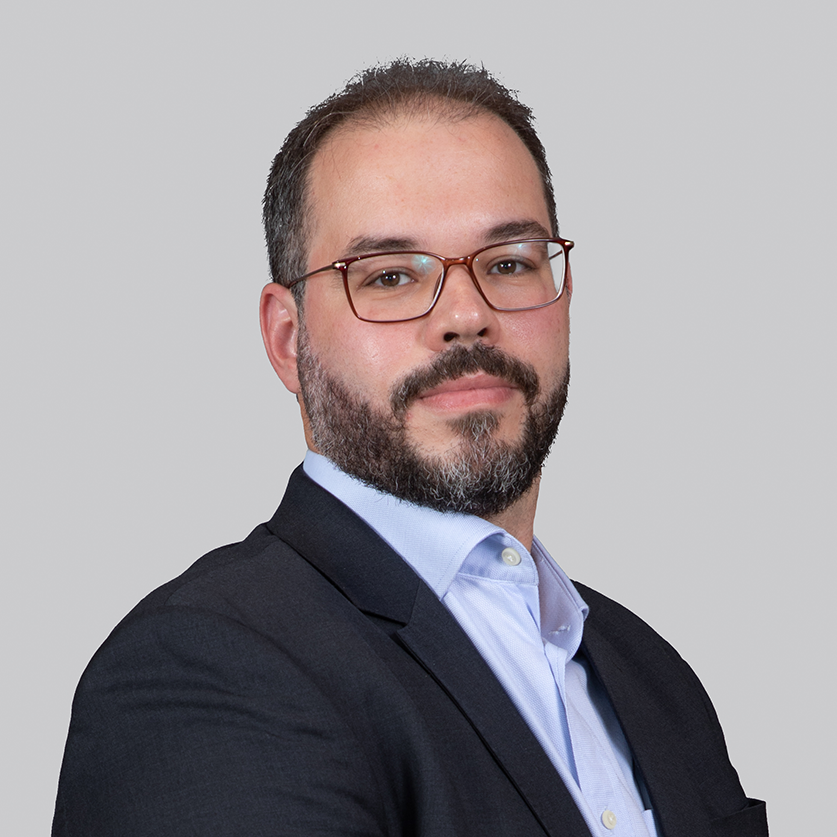
Rafael Santiago
1:45 pm – 2:20 pm
Talk 7: Advancing Process Control Additive Manufacturing of Metals
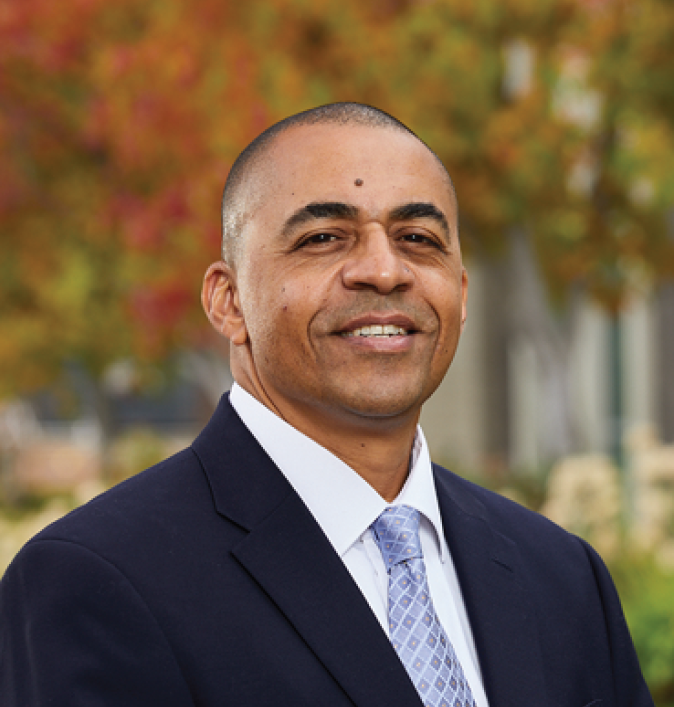
Manyalibo J. Matthews
Metal powder-bed fusion (PBF) additive manufacturing (AM), while continuing to play an important strategic role across a diverse application space, still lacks the necessary control to obtain parts that meet strict performance-driven criteria for qualification and certification. In particular, control of pore defects, residual stress and solidified phases continues to be a challenge in many important alloys used in metal AM. Here, a new science-based approach is described which can address these shortcomings and fundamentally transform metal PBF AM through development of a modeling and experimental framework. Using this framework new materials and local part properties can be realized, thus enabling more flexible metal-based AM design capabilities compared to those that are currently available today. Prepared by LLNL under Contract DE-AC52-07NA27344.
2:20 pm – 2:35 pm
Coffee Break
Including a selection of freshly brewed coffees, teas, juices, mineral water and a selection of pastries, cookies and fruits
2:35 pm – 3:10 pm
Talk 8: Microstructural design by additive manufacturing

Maria Teresa Perez Prado
Additive manufacturing is currently widely recognized as a valuable enabler of industrial sustainability and digitalization as it allows exceptional design freedom, part customization and lightweighting. This talk will further emphasize the capability of additive manufacturing technologies and, in particular, of selective laser melting, to add value to metallic materials by generating unprecedented microstructures. Highlighted examples include grain boundary engineering in aerospace alloys, quasicrystal precipitation in high temperature aluminum alloys, and nanocrystalline-amorphous composites for soft magnetics.
3:10 pm – 3:45 pm
Talk 9 : A new class of lightweight alloys enabled by laser powder bed fusion: from alloy design to material development
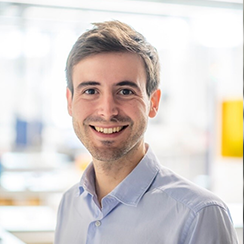
Marco Simonelli,
The most prominent metal additive manufacturing technique, known as laser powder bed fusion (L- PBF), has attracted interest in diverse industrial sectors thanks to its compatibility with generative design methods. L-PBF materials science has instead lagged behind developments owing to the numerous scientific challenges that the fast dynamics associated to the laser-material interaction pose during printing. This talk will explore how the fast solidification(s) and cooling rate(s) occurring during L-PBF present alloy design opportunities to attain novel superior materials that in turn might enable new applications for L-PBF. In the first example, the talk will present how the thermal conditions inherent to L-PBF can be used to create a metastable titanium alloy that can form desirable ultrafine α + β grain laminar microstructures upon simple heat treatments. In a second example, the presentation will discuss the development of a novel high-strength, crack-resistant ternary aluminium alloy designed to lock the solidification trajectory in a eutectic valley that imposes coupled-growth solidification. The alloy design procedures discussed in the talk are supported by experimental trials using state-of-the-art L-PBF equipment, microscopy and mechanical characterisation.
3:45 pm – 4:00 pm
Talk 10: Enhancing service life of Metal Additive Manufactured parts by Laser Shock Peening
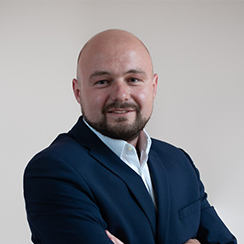
Sanin Zulic
Metal Additive Manufacturing (MAM) technology has brought numerous benefits to mankind and considering the benefits of the technology such as manufacturing of complex shapes and lightweight parts, easy customization, design freedom, etc. It is expected that this technology will be more vital in the time in front. Even though this technology has found its place in many industries and it’s regularly used nowadays, there are still areas where metal additive manufacturing cannot be applied because of certain limitations such as tensile residual stresses, voids, pores, surface roughness etc. These limitations are not allowing metal additive manufacturing to be used for critical parts, either because of technical or safety reasons. By employing Laser Shock Peening, many of these limitations can be overcome, mitigated, or completely eliminated. Laser Shock Peening can improve the mechanical properties of the additive manufacturing parts and enable the MAM technology for the most demanding applications and industries. This talk will give an explanation of how LSP improves mechanical properties of the MAM, such as surface roughness, surface integrity, fatigue life, and how the microstructure is refined by LSP for different types of metallic alloys.
4:00 pm – 4:05 pm
Closing Remarks

